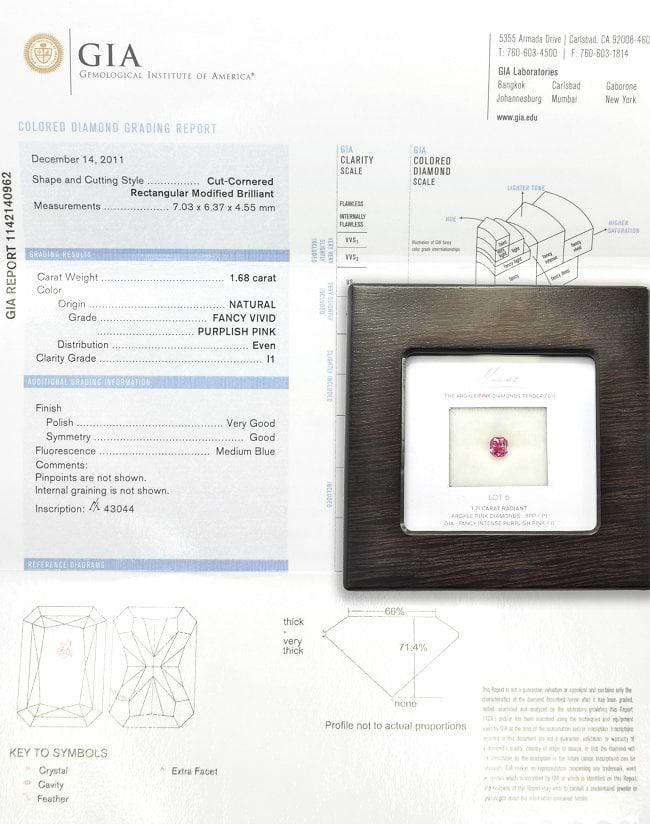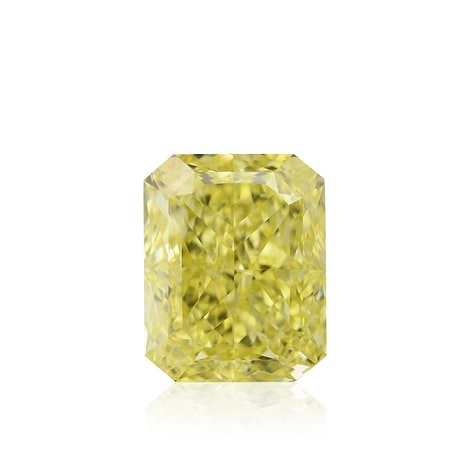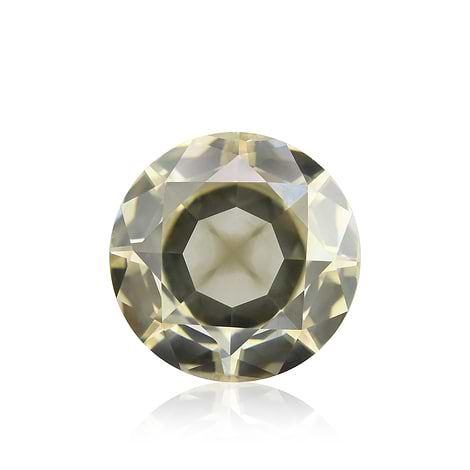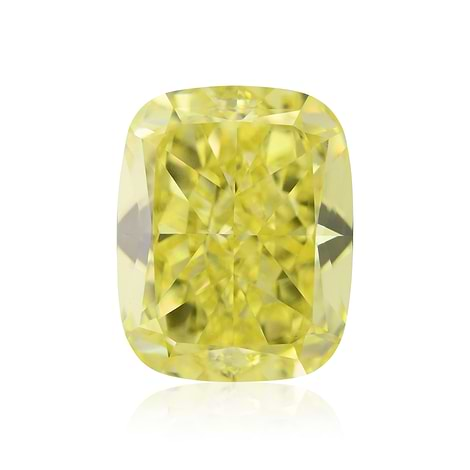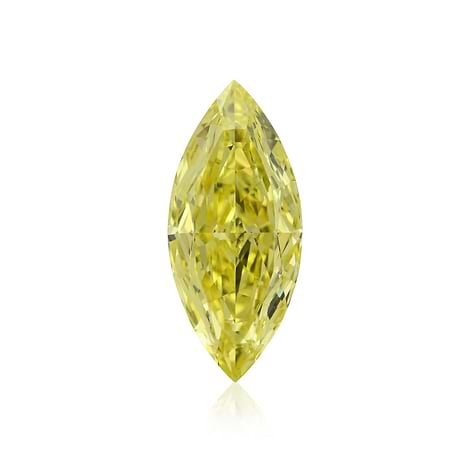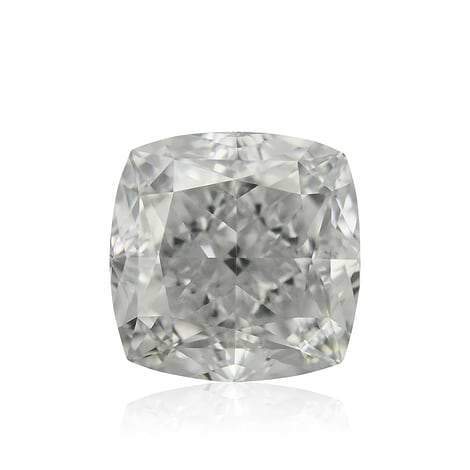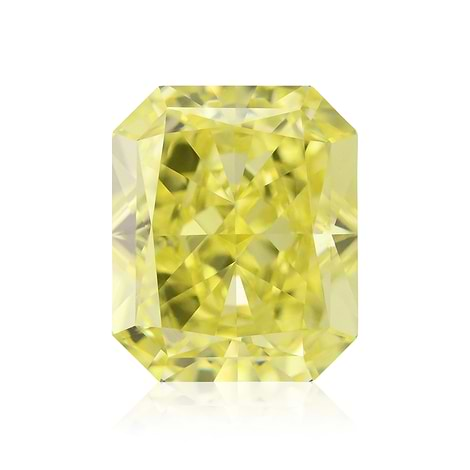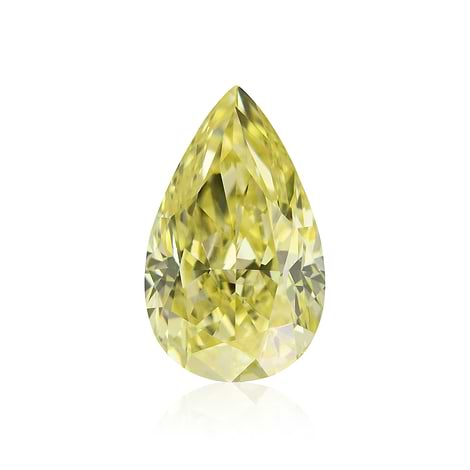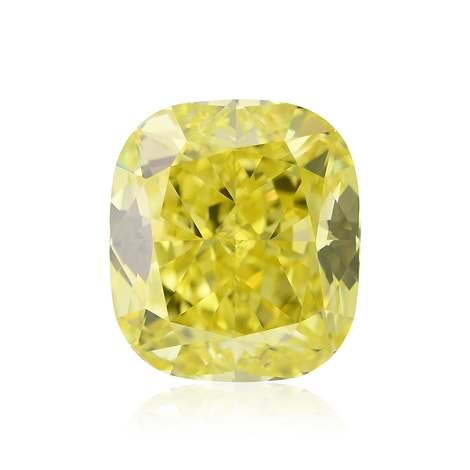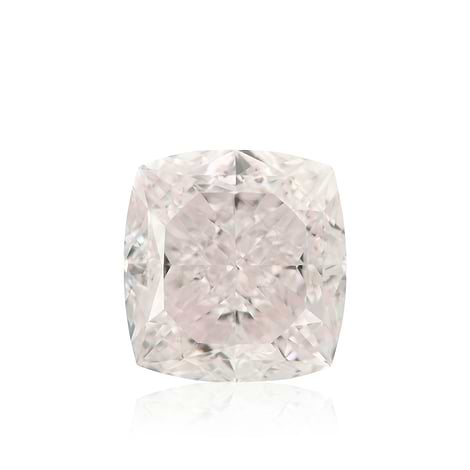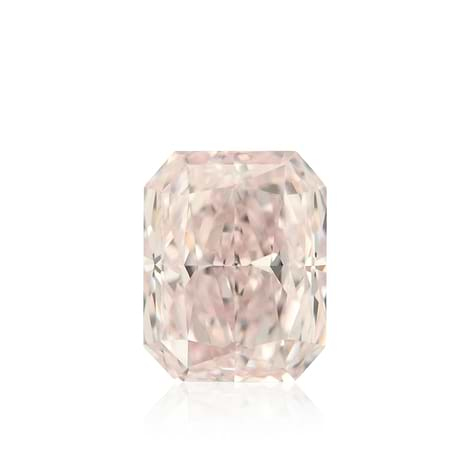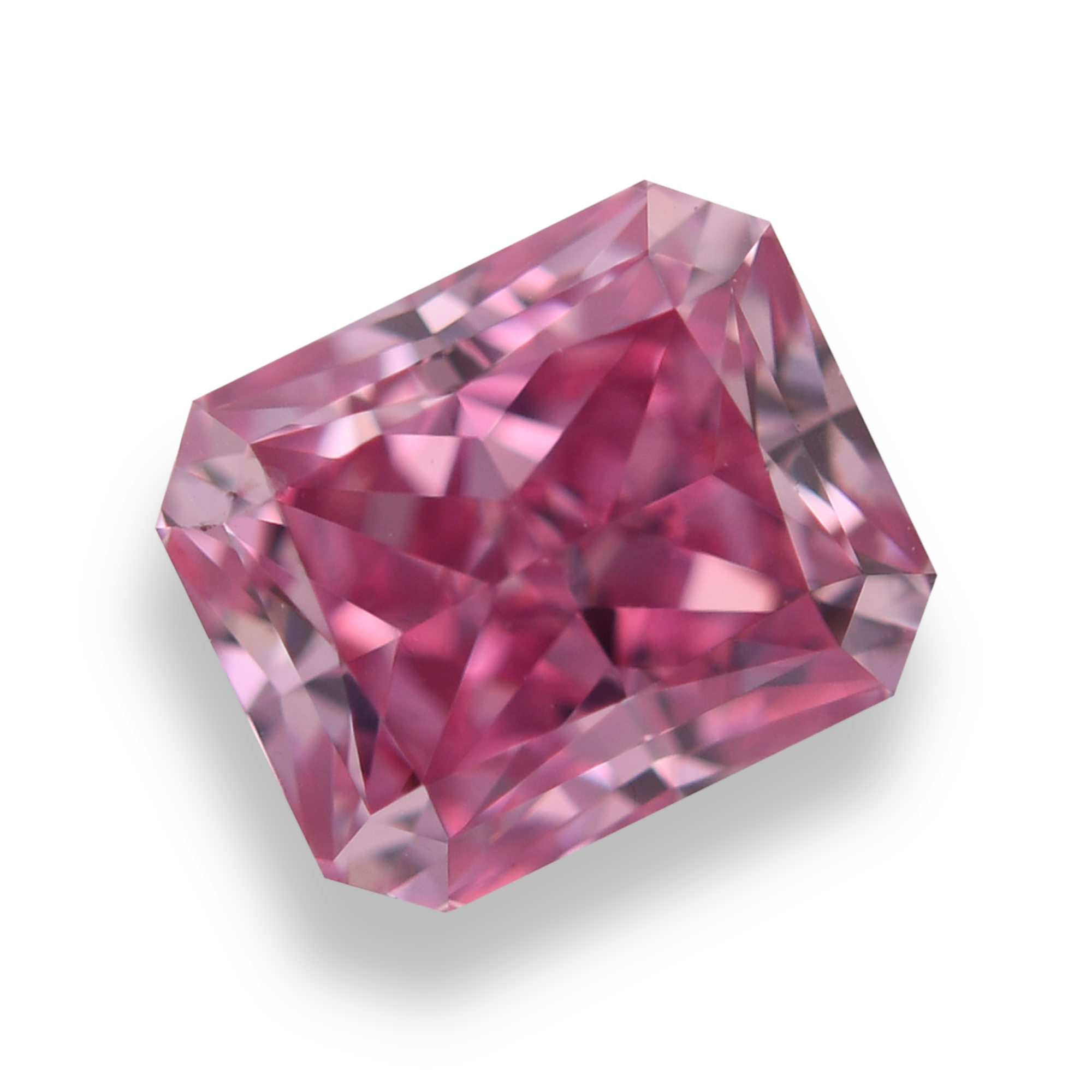There aren't too many items or icons that go hand-in-hand with wealth and prestige, but the dazzling diamond happens to be one of them.
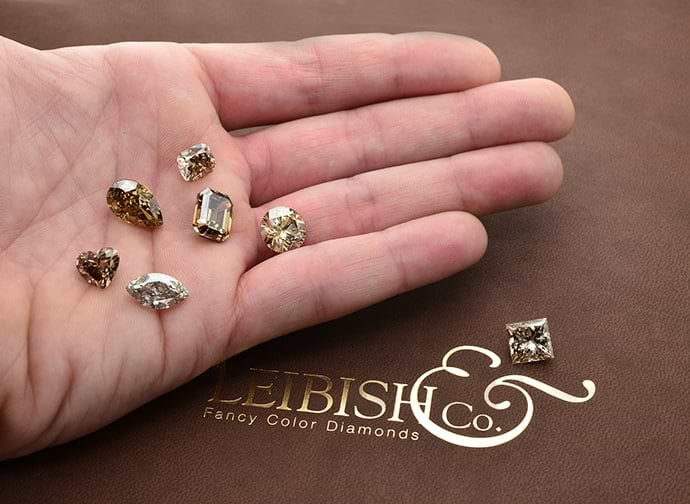
Just one of the amazing treasures the earth has to offer
For centuries, this rare and delightful stone has been a sign of prosperity and has therefore been hunted down since the beginning of time. Though their status in the modern world is slightly different than it was in the past, it still carries the notion of being exorbitantly expensive, practically unattainable, and reserved only for those with the true means of affording such a luxury. While diamonds are far from being thrifty, which is part of their appeal, they are also not always as pricey as they are made out to be. Let us take a look at the different types of diamonds, the various categories they fall into, and most importantly, how they are priced. This way you will have a much better idea as to what is out there and what you can or cannot afford.
Colorless and Fancy Color Diamonds
To most people, a diamond is a beautiful, transparent, crystal-like stone. While this is absolutely true, there is much more to this rare and complex gem. For starters, diamonds, which are found in deposits throughout the world, are mined in their rough state. What this means is that to the untrained eye, a rough diamond would most probably not even be recognizable. A lot of work, including cutting and polishing, goes into transforming a rough stone into the gleaming diamond that we all know and love.
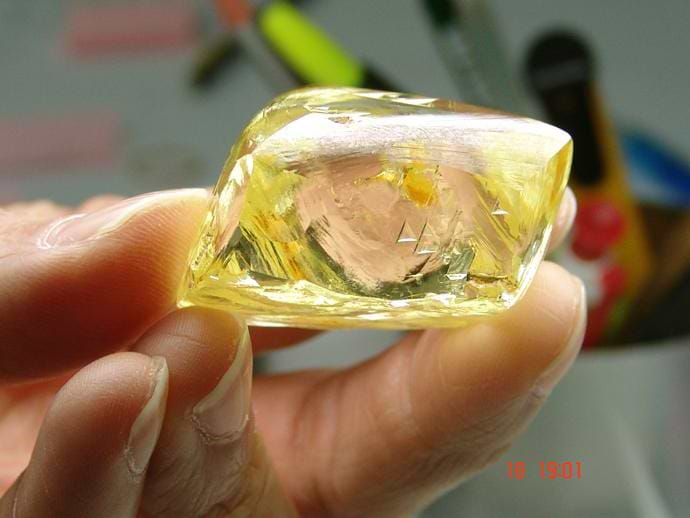
A rough yellow diamond
The other thing many are unaware of is that there are two main types of diamonds. There is the colorless diamond that most are familiar with, but actually just call a diamond, or at the very most, a white diamond. Then there is the fancy color diamond. This is a genuine (not synthetic) diamond with a natural color. For example, yellow diamonds are the most common. The color can be any color of the rainbow, literally. Although, some colors are more common than others. Fancy color diamonds can be a combination of colors, but all come from a mixture of the 12 main colors, pink, red, orange, yellow, green, blue, violet, purple, brown, gray, fancy black, and fancy white (not to be confused with a colorless diamond.)
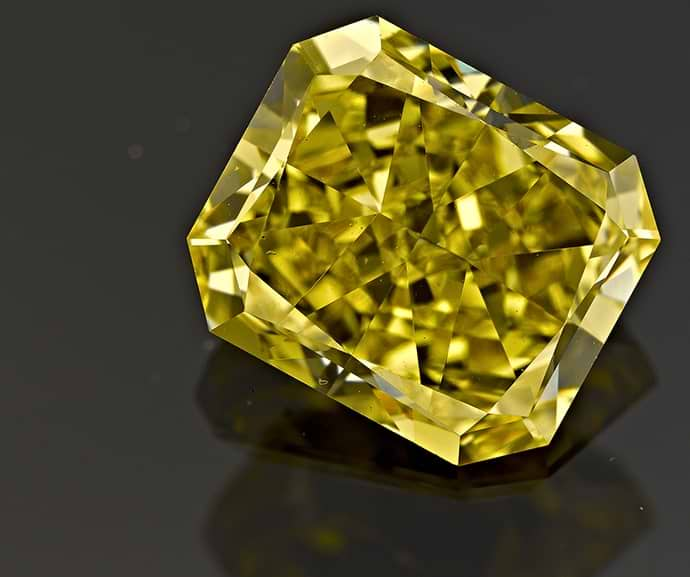
A remarkable close up view of a natural fancy vivid yellow radiant shaped diamond
As precious and semi-precious gemstones go, diamonds are on the rarer side. Still, colorless diamonds are beyond abundant in comparison to fancy color diamonds. In fact, only 1 in every 10,000 carats of colorless diamonds mined is a color diamond. You don't need to be a business expert to know that the rarer something is, the more it may cost. Though, this should not cause you to give up on ever owning one of these phenomenal gems just yet because there is good news.
Colorless diamonds and fancy color diamonds may be two kinds of diamonds, but they are ultimately the same stone. Colorless diamonds are called that because they lack color. Why would that be worth mentioning if diamonds by definition do not display color? That's because they do. A colorless diamond's color is graded with a letter grade of D to Z. D is the highest grade and represents a diamond that is completely void of color. These diamonds are incredibly rare and extraordinarily expensive because they are so hard to come by. E and F diamonds are on the same level as D diamonds and G to J diamonds are considered mid-level. The rest, K to M, N to R, and the lowest diamond color grades, S-Z, actually contain the presence of a yellow or brown coloring. If you weren't confused yet, listen to this. There is a slight overlap just at the end of the colorless color diamond grading scale and the beginning of the fancy color diamond color grading scale, because it is the presence of color that acquires the grade. Color diamonds are all about the color and therefore the more intensely the color is seen, the better, and the more expensive the stone. Some color diamonds with a low color intensity level can cost far less than a colorless stone, which means that owning a color diamond is an option for anyone considering a decent quality colorless diamond.

The difference between white and colored diamonds
Color Intensity in Fancy Color Diamonds
Now that we have established a difference between colorless and fancy color diamonds and emphasized some of the factors that can determine their prices, we can shift our focus to the primary way in which fancy color diamonds are priced.
The GIA, The Gemological Institute of America, is the leading authority for grading and assessing gems, including diamonds. There are other gem labs that do this work as well, but GIA managed to develop their name as the most trusted. They created the system that includes the well known 4 Cs for authenticating a diamond's (and other gemstones') worth from a third party source. These four categories are: color, cut, clarity, and carat.
Learn how to read and understand a GIA diamond report!
The Prosperity Diamond on a GIA Diamond Report
In regards to colorless diamonds, these characteristics hold equal importance. A colorless diamond is not just about how large it is, i.e. its carat weight, but rather, its clarity level (how void it is of flaws and inclusions,) its cut (how it was cut from a rough stone,) and its color (for colorless diamonds this means no trace of color.)
Fancy color diamonds are in a whole different ball game. They are first and foremost assessed based on their color (hue, saturation, and color intensity,). The more difficult it is to find that color, the higher the value of the stone. Purple, Violet, or Red diamonds are a perfect example, since because there are so few available, a pure straight color is worth a lot. The carat weight, the clarity and cut matter of course, but not on an equal level to color as they do for a colorless diamond.
The best way to describe the hue and saturation of color diamonds is in the appearance. The hue refers to its color as well as its purity. For instance, a diamond that is yellow and does not have any secondary colors is considered more valuable and sought after. Pure hues are the ideal, unless it is a purplish pink diamond which is valued exactly the same as a straight pink. Obviously, a color combination can still cost you a pretty penny, but the pure straight colors will cause the price to go up. Next there is the saturation, which is how dark or light the stone is. In the world of fancy colored diamonds, it is best described as the color intensity. The intensity is the level at which the color is seen within the stone. The color is also graded based on any one of the intensity grades, of which there are nine. However, not every color can appear in every intensity. For example, fancy red would only be classified to have a fancy intensity. There is no such thing as a fancy intense red.
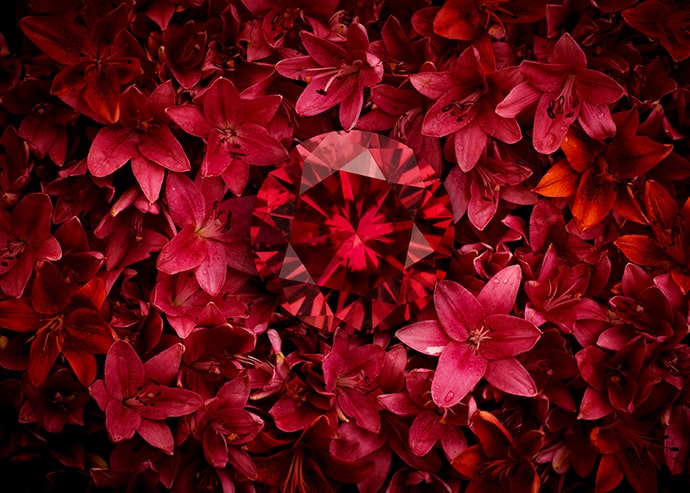
A fancy red diamond on red flowers
All of this is a quick breakdown of how diamonds work and what makes them less or more expensive. Since much of this is based on supply and demand like any other market, prices do fluctuate, which is why it is important to stay on top of diamond pricing through reputable diamond sources. Rapaport provides an internationally recognized diamond report that is released every Thursday night and includes prices for different carat sizes etc., but only for white (colorless) diamonds. There is no price report for color diamonds since the many color possibilities makes coming out with a straightforward price list impossible, hence with those you would have to find a source you can trust.
At the end of the day, if you are on a budget but still would love to get your hands on some diamonds, colorless or color, shop around and compare prices. Competition gives you leeway, as do other factors including smaller stones, lower quality stones (especially with color diamonds where this is less important but can still bring down the price,) and certain diamond shapes. Most importantly, one should stay informed and make a careful and wise decision. Time and knowledge can most definitely result in an unbeatable price and an outstanding diamond.
